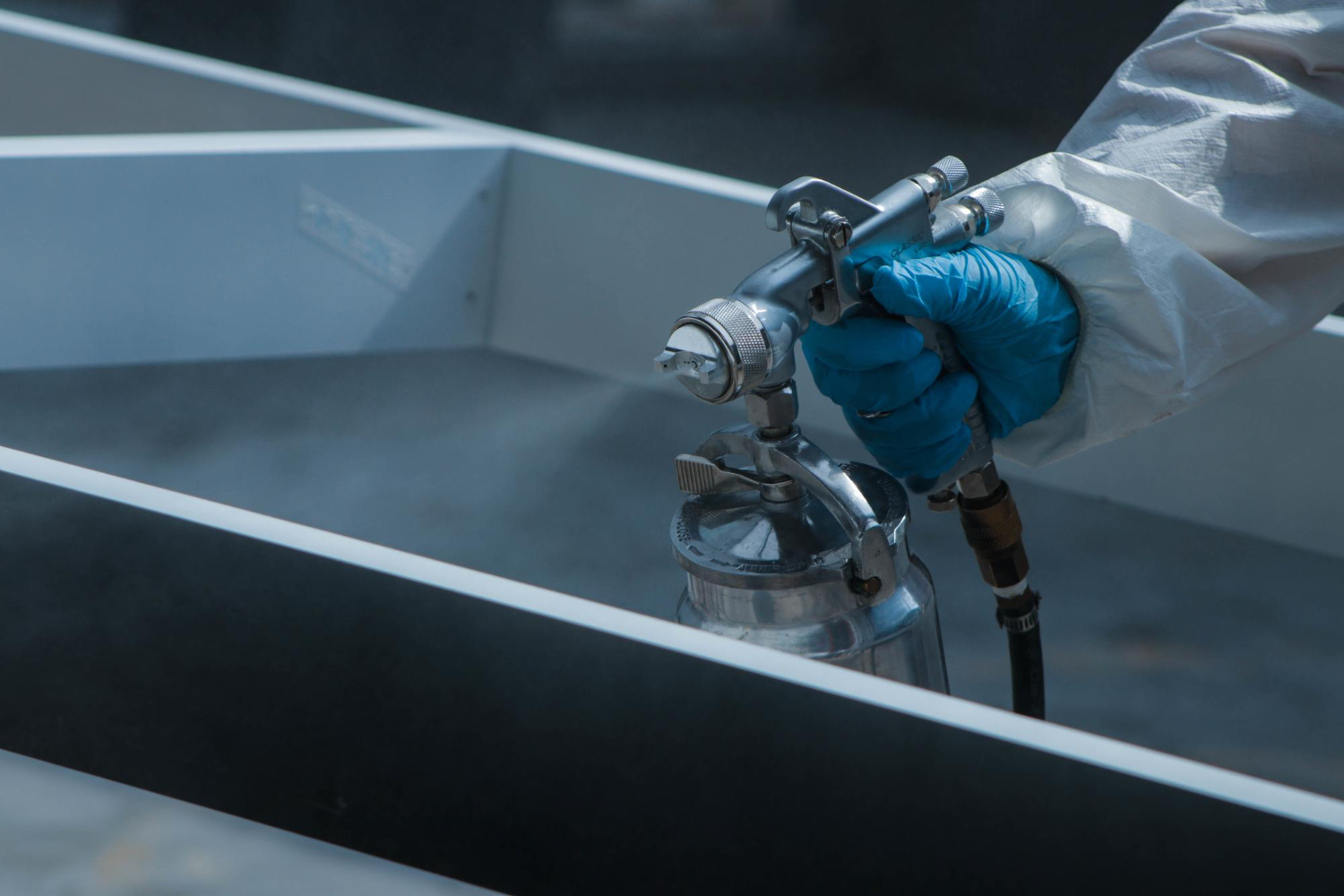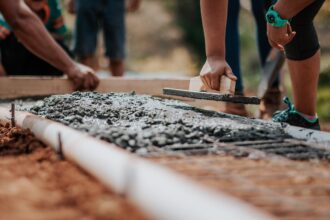Choosing the Optimal Blast Solution for Your Project


Table of Contents
- 1 Table of Contents
- 2 Understanding Your Project Requirements
- 3 Types of Blast Solutions and Their Applications
- 4 Assessing Safety and Environmental Concerns
- 5 Budgeting Your Blast Solution
- 6 Choosing the Right Equipment
- 7 Training and Expertise
- 8 Measuring Project Success
- 9 Future Trends and Technologies in Blasting
Table of Contents
- Understanding Your Project Requirements
- Types of Blast Solutions and Their Applications
- Assessing Safety and Environmental Concerns
- Budgeting Your Blast Solution
- Choosing the Right Equipment
- Training and Expertise
- Measuring Project Success
- Future Trends and Technologies in Blasting
Understanding Your Project Requirements
Selecting the right blast solution begins with a deep insight into your project’s unique requirements. This involves grasping which materials you will be working with and clearly defining the end result you desire. For example, if preserving the material’s integrity while removing surface coatings is a priority, Plastic Media Blasting may be the ideal choice. This method is gentle yet effective, preventing surface degradation and promoting longevity. According to relevant research, selecting the appropriate blasting media is crucial in balancing surface preparation and preserving intrinsic material properties. Understanding these facets helps tailor the blasting approach for optimal outcomes, from energy efficiency to finish quality.
Types of Blast Solutions and Their Applications
Blasting solutions are diverse in application, each optimized for specific tasks. Sandblasting, for instance, is often utilized due to its powerful abrasive capacity, superb for stripping paint, and providing a clean surface ready for new coatings. Many restoration projects rely on sandblasting to remove rust and debris effectively. Conversely, shot blasting offers a different avenue; its application in strengthening metal surfaces through peening is invaluable in heavy industry settings seeking durability. Shot blasting can enhance the fatigue resistance of metallic components, which is essential for industrial machinery. Understanding the strengths and limitations of each blasting solution allows for more strategic deployment in various project environments, ensuring greater productivity and task appropriateness.
Assessing Safety and Environmental Concerns
Implementing any blasting solution requires a diligent approach to safety and environmental consciousness. The physical risks associated with blasting operations, such as flying debris and inhalation hazards, necessitate strict adherence to safety protocols. Comprehensive personal protective equipment (PPE) is mandatory to safeguard operators. Beyond immediate safety measures, environmental impact must also be considered. Traditional blasting media can potentially yield ecological hazards, necessitating the selection of eco-friendly alternatives. These choices help mitigate adverse environmental effects, showing a commitment to sustainability and compliance with increasing regulatory standards. Using safer materials ultimately enhances project transparency and endorses corporate and social responsibility.
Budgeting Your Blast Solution
Financial considerations form an integral part of selecting a blasting solution. The process involves evaluating the upfront costs of materials and equipment and the in-depth analysis of long-term expenditures such as maintenance, operational efficiency, and potential downtime. Proactive financial planning allows for anticipatory management of these costs, safeguarding against unforeseen budget overruns and ensuring smooth project progression. Additionally, adopting modern technologies and methodologies could significantly enhance cost-effectiveness, allowing projects to proceed without the burden of unnecessary expenses. This strategic budgeting fosters operational efficacy and supports the project’s financial health.
Choosing the Right Equipment
The success of a blasting project is heavily contingent upon the appropriateness of the equipment selected. Portable blasting machines shine in smaller, varied projects that require flexibility and accessibility, especially in challenging environments or tight spaces. For more extensive operations, robust industrial-grade equipment is indispensable, capable of handling large-scale, continuous tasks and high abrasion workloads. Engaging with equipment specialists offers invaluable advice, ensuring that the machinery aligns with project specifications while providing insight into potential optimization for efficiency. Equipment selection underpins operational success, output quality, and resource utilization maximization.
Training and Expertise
Skillful operation of blasting technology is essential for the safe and efficient execution of projects. Thus, robust training programs tailored to enhance operator expertise are paramount. Whether through hands-on workshops, certifications, or collaboration with industry experts, investing in education sharpens skills and embraces best practices. An aptitude for overcoming project-specific challenges ensures safety and significantly improves output quality and operational efficacy. Skilled personnel are better equipped to innovate solutions, anticipate problems, and execute tasks confidently, ultimately driving project success and maintaining industry standards.
Measuring Project Success
Establishing well-defined key performance indicators (KPIs) facilitates accurately measuring success within blasting projects. These indicators typically encompass quality of surface preparation, cost efficiency, adherence to timelines, and compliance with safety standards. Frequent performance reviews reinforce effective tactics while highlighting areas that need work. This evaluative process builds a culture of excellence and continuous improvement, ensuring each project benefits progressively from accrued insights and refined methodologies.
Future Trends and Technologies in Blasting
In the realm of blasting technology, keeping abreast of innovations is pivotal. Modern advancements such as automation offer remarkable benefits, increasing precision, reducing labor costs, and enhancing overall safety by curtailing direct human-machine interaction. Furthermore, progress in sustainable abrasive materials aligns with a broader ecological mandate, bolstering regulatory compliance and eco-friendliness. Embracing these advancements heightens operational competitiveness and aligns businesses with modern industrial standards, ensuring a future-oriented operational strategy that promotes sustainable development.






